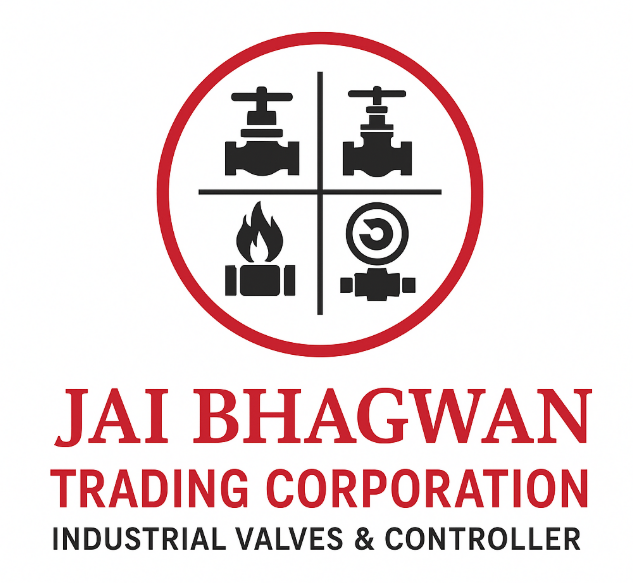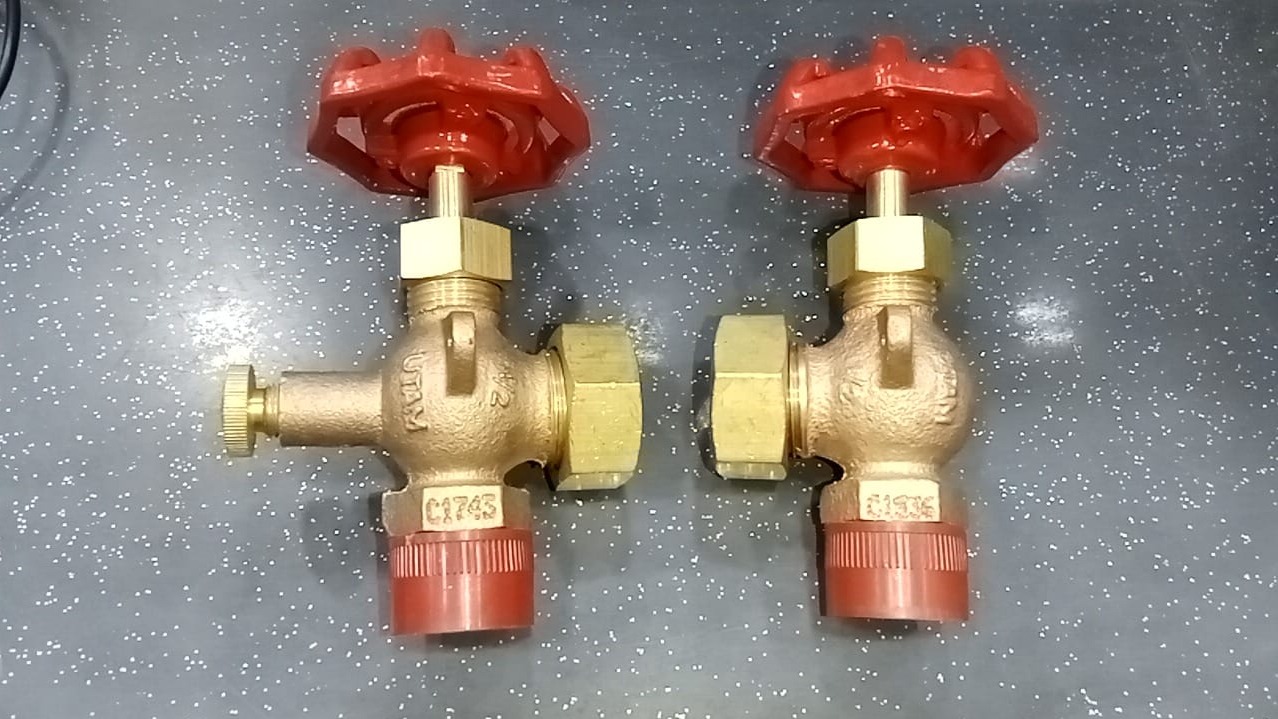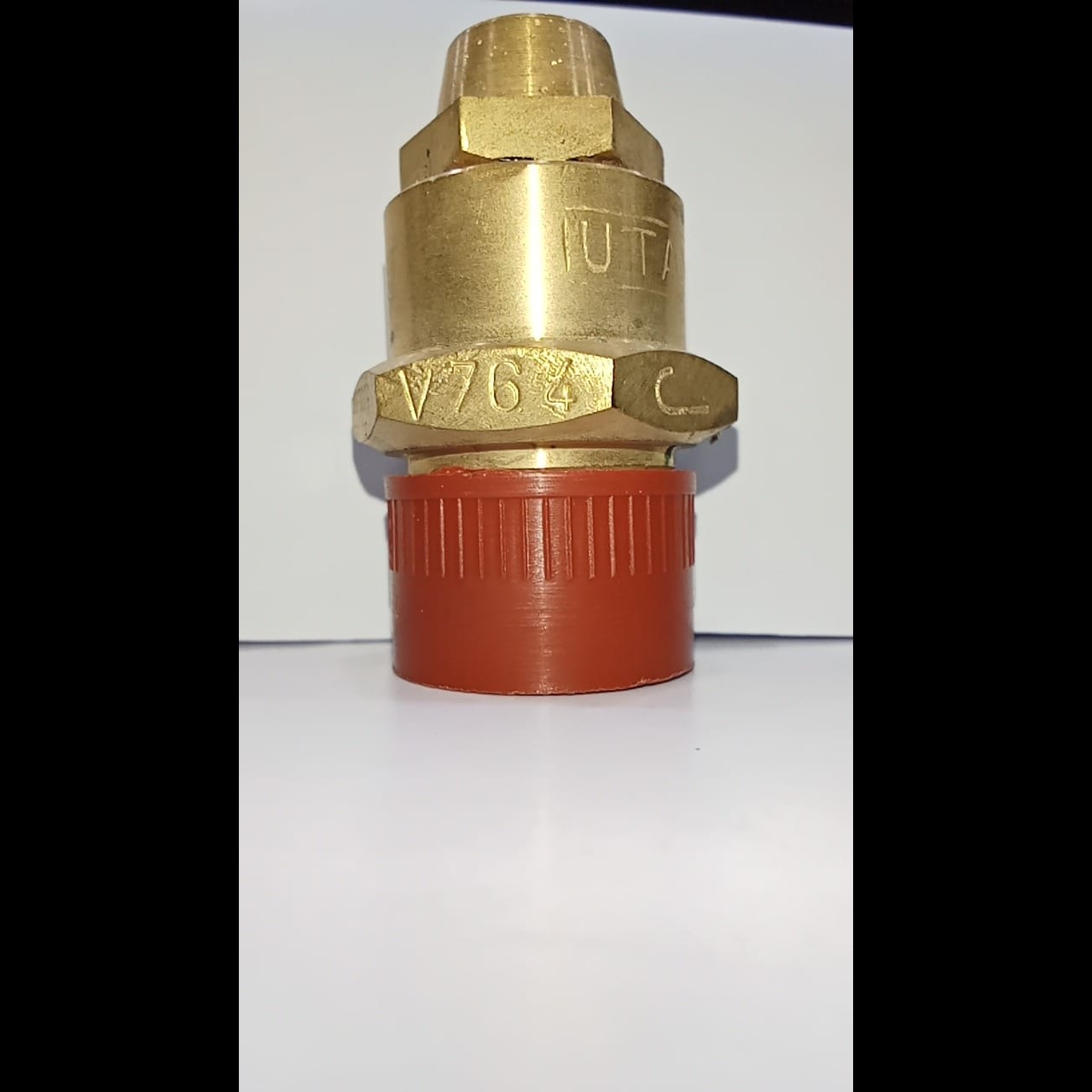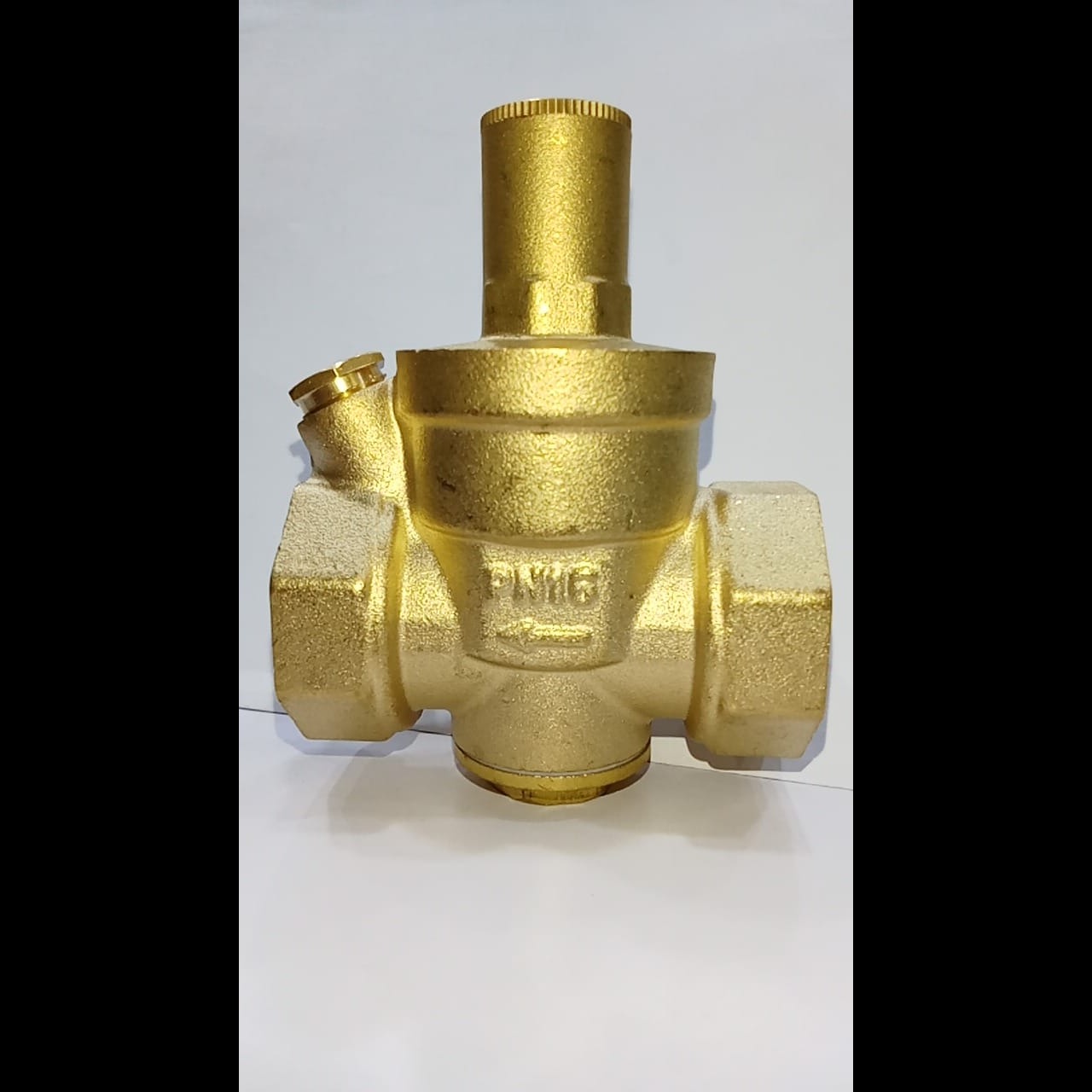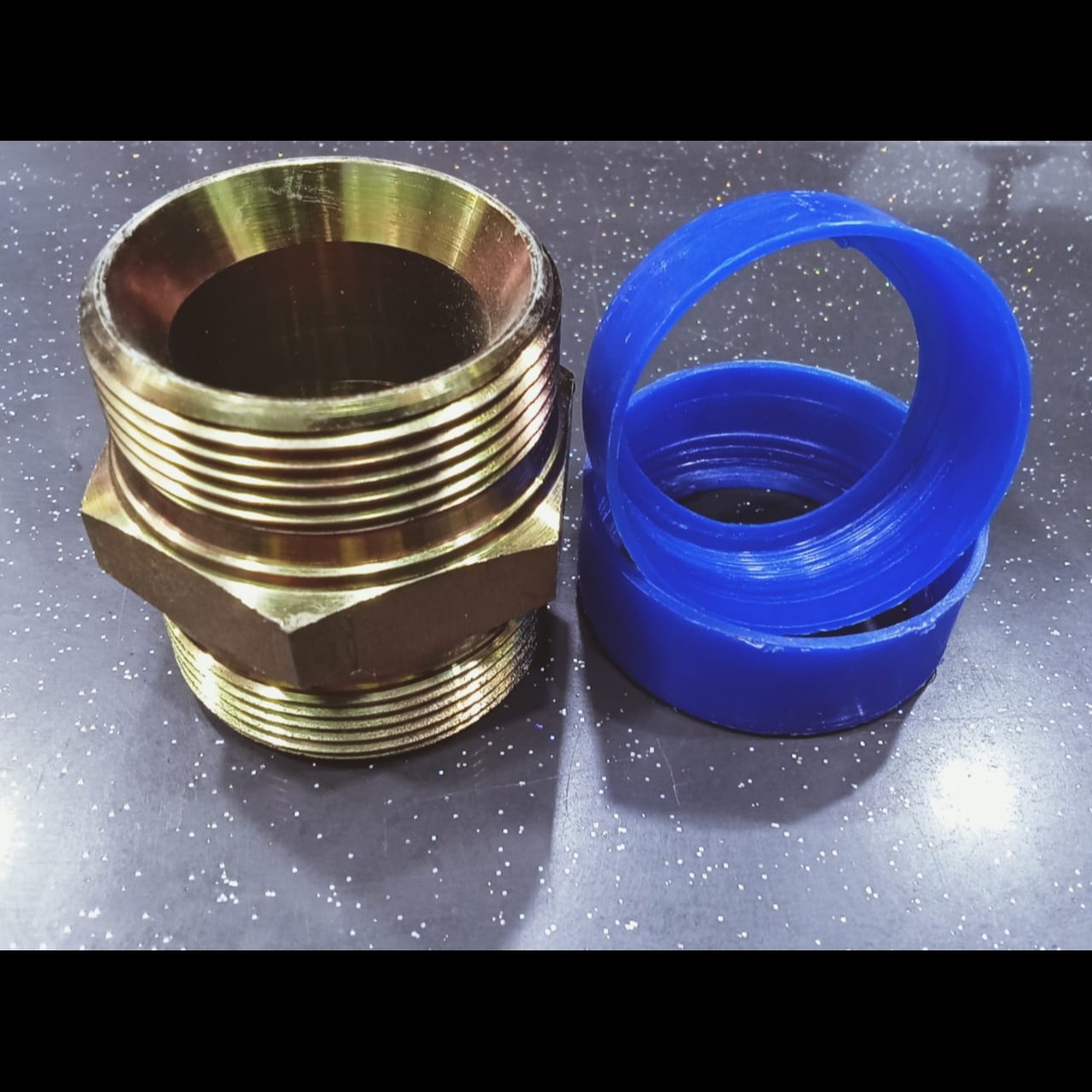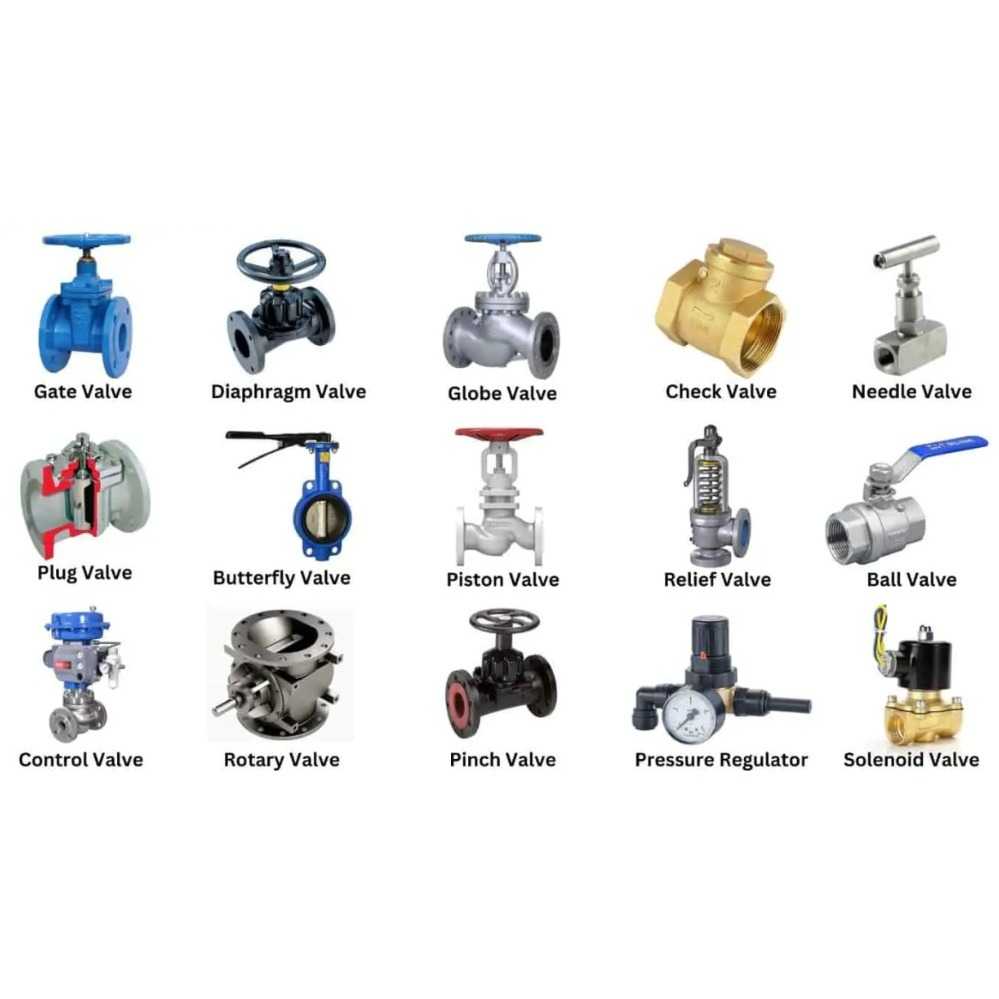
Diaphragm Valve Dealer
A diaphragm valve is a type of valve used to regulate the flow of fluids by means of a flexible diaphragm. This diaphragm, typically made from materials like rubber or synthetic elastomers, acts as a barrier between the fluid and the valve’s internal components, which makes diaphragm valves ideal for handling corrosive or abrasive substances, as well as sanitary applications.
The design of a diaphragm valve is relatively simple but effective. When the valve is closed, the diaphragm is pressed against a seat, creating a seal that stops the fluid flow. When the valve is open, the diaphragm is lifted away from the seat, allowing the fluid to pass through the valve body. This design minimizes leakage and contamination risks, which is particularly important in industries such as pharmaceuticals, food and beverage, and water treatment.
Diaphragm valves can be actuated manually or automatically. Manual diaphragm valves typically use a handwheel to operate the valve, while automated versions employ actuators like pneumatic, electric, or hydraulic drives for more precise control. These actuators can be integrated with control systems for automated process management.
One of the main advantages of diaphragm valves is their ability to handle a wide range of fluids, including those that are dirty, viscous, or contain solids. The diaphragm creates a tight seal that prevents the fluid from coming into contact with the valve’s moving parts, reducing wear and extending the valve’s lifespan. Additionally, the design of diaphragm valves allows for easy maintenance and replacement of the diaphragm without the need to remove the valve from the pipeline.
Overall, diaphragm valves offer a reliable and versatile solution for fluid control in various demanding applications, ensuring both performance and safety. Their ability to isolate the process fluid from the operating mechanism makes them particularly valuable in maintaining clean and efficient operations.
Keywords
fluid flow
valve body
tight seal
wide range
moving parts
fluid control
process fluid
main advantages
control systems
precise control
water treatment
easy maintenance
hydraulic drives
flexible diaphragm
versatile solution
automated versions
operating mechanism
contamination risks
abrasive substances
internal components
efficient operations
synthetic elastomers
sanitary applications
Diaphragm Valve Dealer
Manual diaphragm valves
automated process management
various demanding applications
